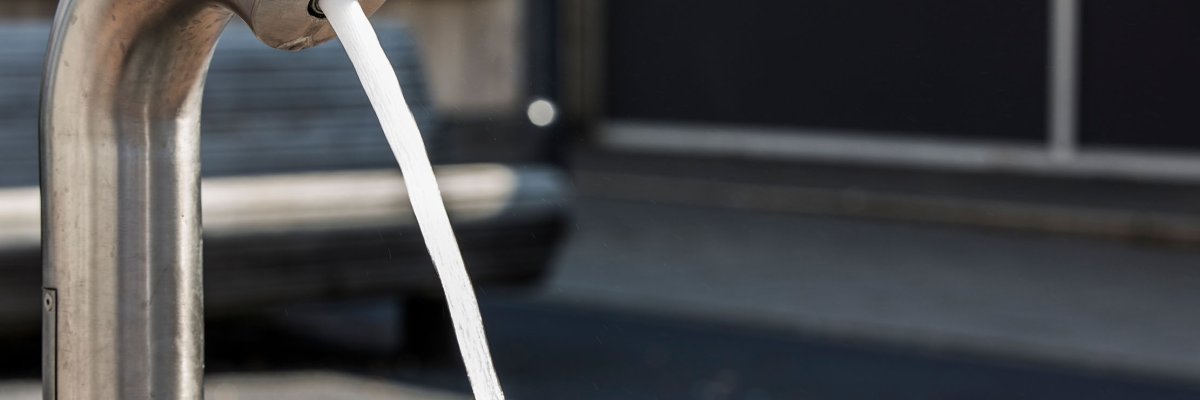Drinking water hygiene: do not lower the temperature too much
Do not lower the temperature too much
The drinking water temperature at the water storage tank should be set so that bacteria such as legionella cannot multiply, but unnecessary energy consumption can still be avoided. According to the specialist health service, a minimum temperature of 50 degrees Celsius is recommended for one- or two-family houses. For houses larger than two-family houses, the temperature should not fall below 60 degrees Celsius. Otherwise legionella can form, which can cause pneumonia or febrile illnesses, among other things.
They multiply best at temperatures between 25 and 45 degrees Celsius. Especially in artificial water systems such as water pipes, the pathogens find good conditions at corresponding temperatures. They can multiply particularly well in deposits and coatings in the pipe system. This must be avoided. Energy-saving measures should therefore never be implemented at the expense of drinking water hygiene.
The situation is different if the water heating system is switched off, as is currently the case in many sports halls or village halls. As a rule, legionella cannot multiply in cold water, so there is no danger here when the water heating system is shut down. However, when restarting the system, care must be taken to ensure that this is carried out professionally and that the pipes are flushed. The temperatures in the storage tank and network should also be kept below 20 degrees Celsius, which can be achieved by regular flushing, which according to the Drinking Water Ordinance must be carried out at every tap every 72 hours anyway.
